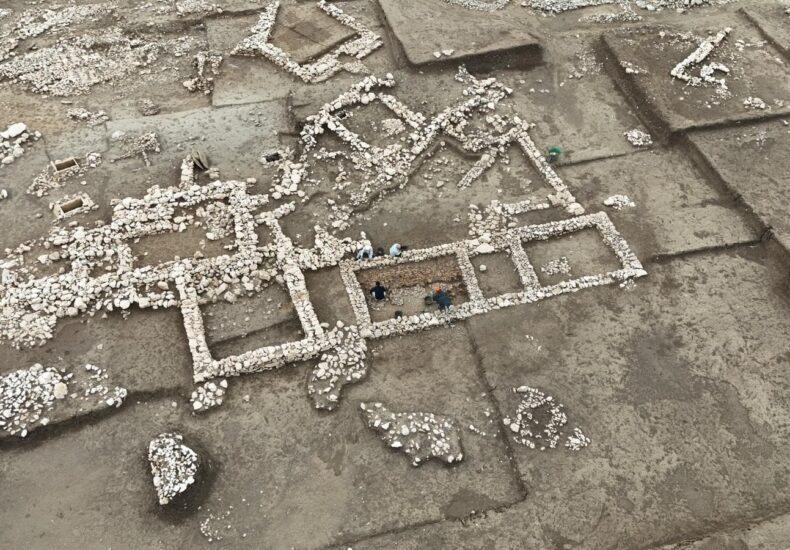
5,000-Year-Old Earthquake Collapse Uncovered at Çayönü Mound in Southeastern Türkiye
Archaeologists excavating the prehistoric settlement of Çayönü Tepesi in Diyarbakır’s Ergani district have uncovered the remains of a building that collapsed during a powerful earthquake roughly 5,000 years ago — a rare glimpse into the seismic past of one of Anatolia’s earliest farming communities.
Layers of a Forgotten Tremor
The discovery was announced by Assoc. Prof. Dr. Savaş Sarıaltun, head of the Çayönü Excavation Project and lecturer at Çanakkale University’s Faculty of Applied Sciences. He noted that this year’s campaign focused not only on Neolithic structures but also on Early Bronze Age layers, revealing traces of post-Neolithic occupation and a later phase of abandonment.
“After around 2800 BCE, the settlement appears to have been partially deserted,” Sarıaltun explained. “The rectangular building behind us has a mudbrick wall with a stone foundation, whose southern section has collapsed in a single block toward the north. The orientation and pattern of the fallen wall show that it was destroyed by an earthquake — most likely a tremor originating to the north of Çayönü.”
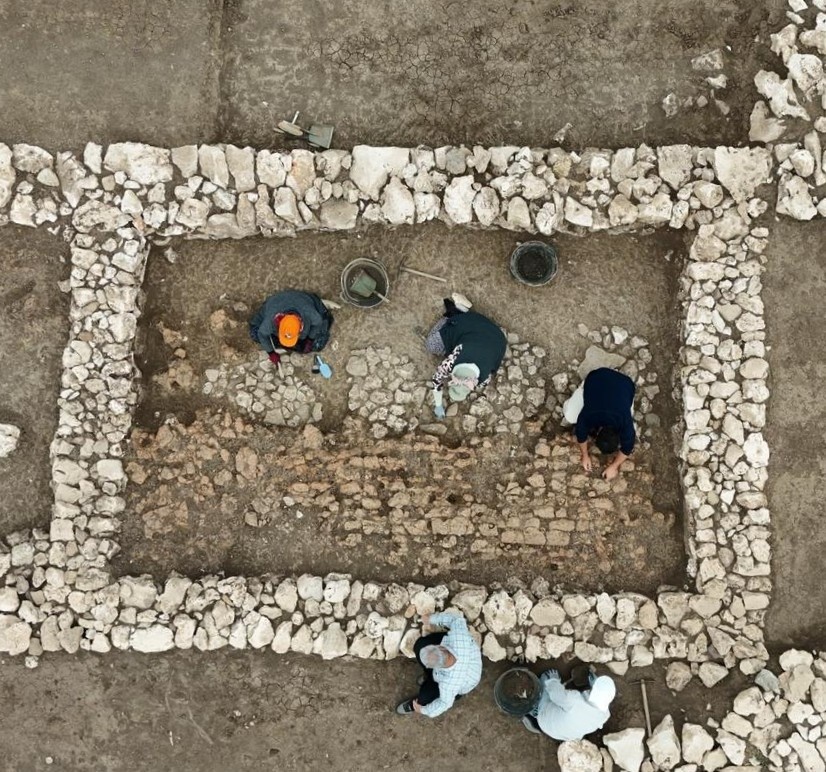
According to Sarıaltun, the fallen section — measuring about 5.2 meters in length — was discovered lying intact on the floor of the structure, suggesting that the building had already been abandoned when the quake struck. “We found no domestic debris or signs of burning within the room,” he added. “Everything points to the building being vacated before the earthquake. Over time, natural processes weakened the structure, and the seismic shock finally caused it to collapse.”
Red Earth and Ancient Craftsmanship
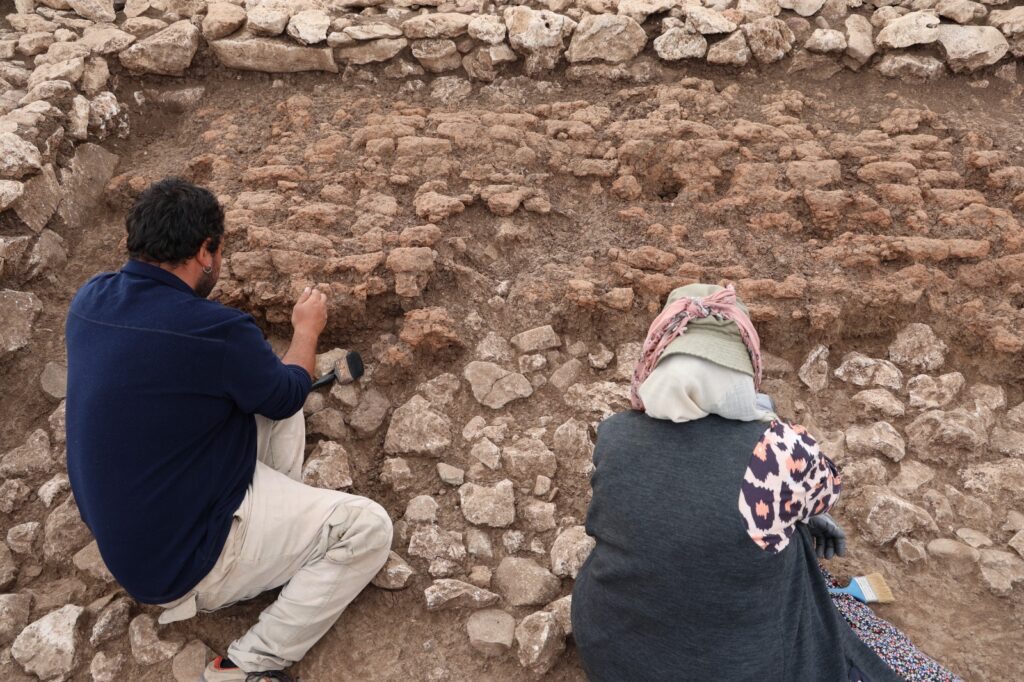
Among the rubble, researchers identified traces of red-hued mudbricks, still bonded with fragments of ancient mortar. The distinctive color, Sarıaltun explained, comes from hematite-rich soil in the region rather than fire damage. “Local red earth was used as clay in the mudbrick mixture. The uniform reddish tone confirms that this pigment originates from natural iron oxide, not from heat exposure or a destructive fire event.”
📣 Our WhatsApp channel is now LIVE! Stay up-to-date with the latest news and updates, just click here to follow us on WhatsApp and never miss a thing!!
The discovery provides valuable evidence for understanding how prehistoric communities in Upper Mesopotamia responded to — and were eventually displaced by — natural forces. It also highlights the remarkable durability of Çayönü’s architectural traditions, where stone foundations and mudbrick superstructures had served generations of early farmers and craftsmen.
A Settlement Between Worlds
Çayönü Tepesi, continuously inhabited from about 10,200 to 7,000 BCE, represents one of the most crucial Neolithic sites in the Fertile Crescent. It marks the transition from hunting and gathering to settled agriculture, and from simple communal dwellings to complex architectural planning. The newly unearthed Bronze Age structure — later damaged by earthquake activity — shows that life in the area persisted long after the classic Neolithic phase, bridging Anatolia’s deep prehistoric and early urban worlds.
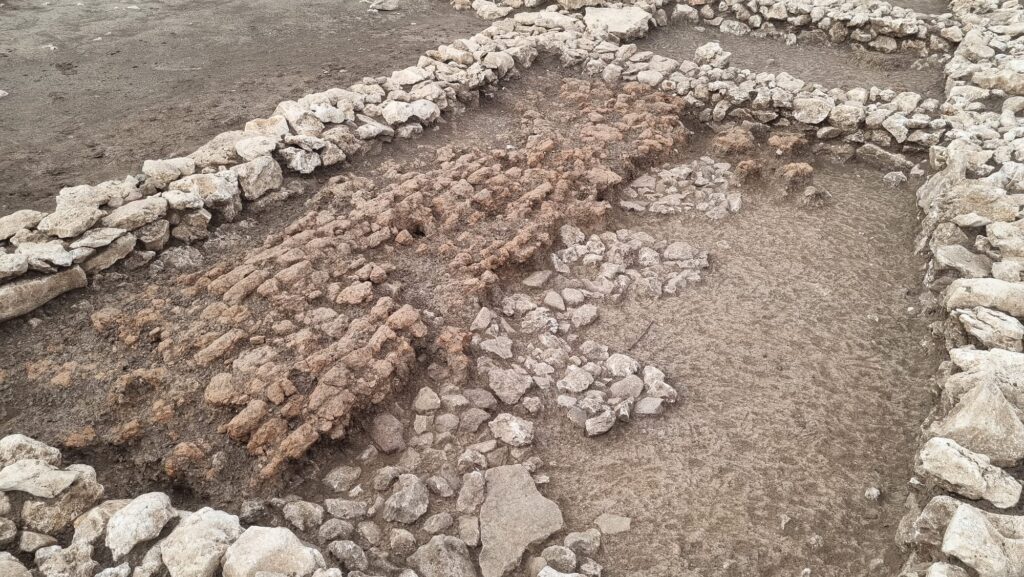
As archaeologists continue to excavate the site, each new season adds depth to the story of Çayönü — not just as a cradle of early civilization, but as a landscape shaped, and sometimes shattered, by the same geological forces that continue to define Anatolia today.
General view of the excavation area at Çayönü Mound in Diyarbakır’s Ergani district, where a 5,000-year-old structure collapsed due to an ancient earthquake. | Photo: IHA
You may also like
- A 1700-year-old statue of Pan unearthed during the excavations at Polyeuktos in İstanbul
- The granary was found in the ancient city of Sebaste, founded by the first Roman emperor Augustus
- Donalar Kale Kapı Rock Tomb or Donalar Rock Tomb
- Theater emerges as works continue in ancient city of Perinthos
- Urartian King Argishti’s bronze shield revealed the name of an unknown country
- The religious center of Lycia, the ancient city of Letoon
- Who were the Luwians?
- A new study brings a fresh perspective on the Anatolian origin of the Indo-European languages
- Perhaps the oldest thermal treatment center in the world, which has been in continuous use for 2000 years -Basilica Therma Roman Bath or King’s Daughter-
- The largest synagogue of the ancient world, located in the ancient city of Sardis, is being restored



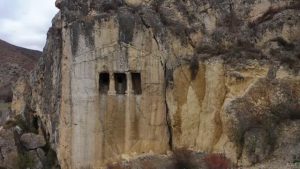

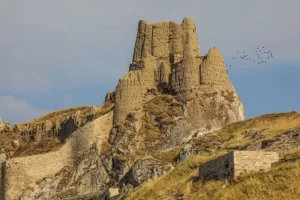
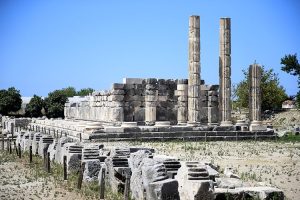



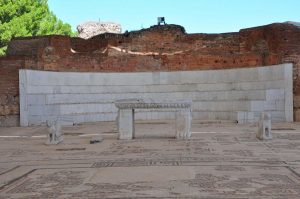
Leave a Reply